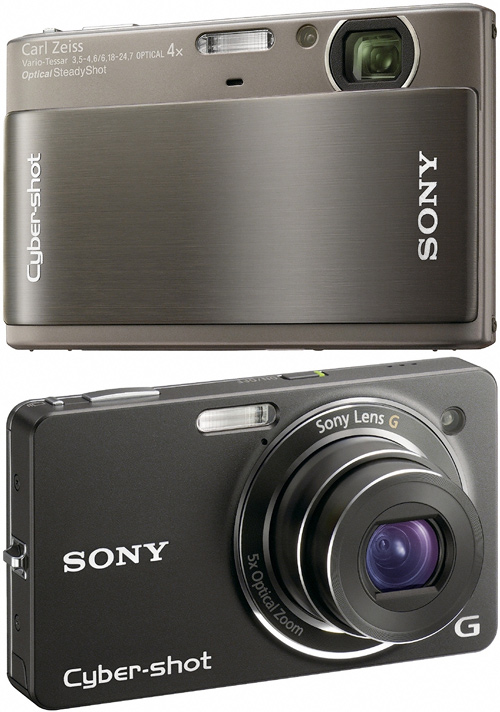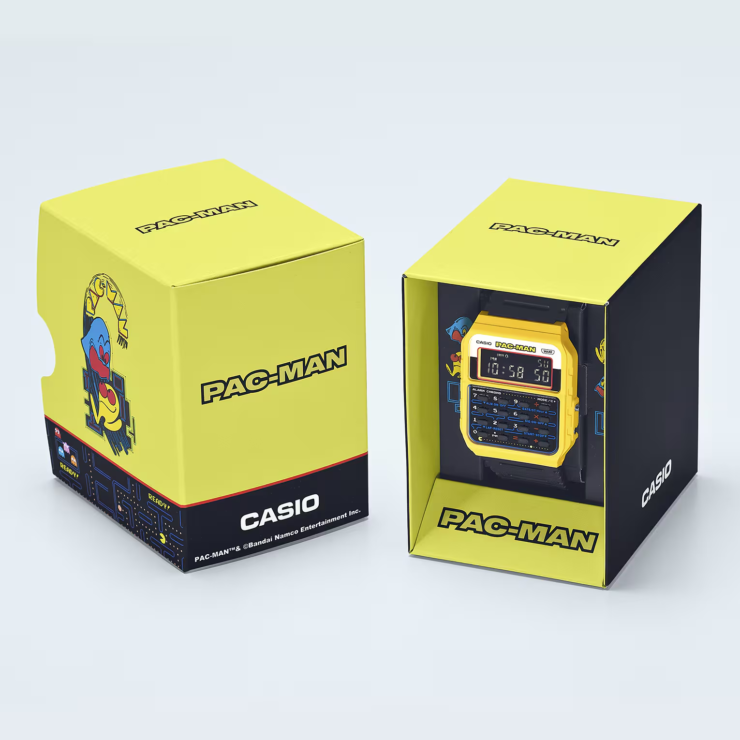
By Andrew Liszewski
While the term ‘Exmor R’ is nothing more than a new PR catchphrase for Sony to toss around, the technology behind the sensors in their new Cybershot DSC-TX1 and DSC-WX1 is kind of interesting. Traditionally, compact P&S digital cameras are not known for their fantastic low-light performance. The smaller optics means there’s less light hitting the larger and larger sensors, which leads to noisy photos. I mean there’s a reason professional photographers will drop thousands of dollars on a gigantic ‘fast’ lens. But the ‘Exmor R’ technology supposedly results in a sensor with twice the light sensitivity of a traditional sensor since the various elements like wires and circuitry which usually hinder the photo-diodes from gathering light have been effectively moved out of the way.
And further improving the camera’s low-light performance are the hand-held twilight and anti-motion blur multishot modes which basically use exposure bracketing and in-camera HDRI techniques to automatically combine multiple shots with varying exposures to produce a final result with more detail and less noise. As for other specs, both cameras feature a 10.2 mega-pixel sensor and while the thinner TX-1 includes a 3-inch touch screen LCD on the back, the larger WX-1 benefits from a wider angle Sony G lens instead. $380 for the DSC-TX1 and $350 for the DSC-WX1 and both should be available come October.
[ PR – SONY DEBUTS WORLD’S FIRST DIGITAL STILL CAMERAS WITH BACK-ILLUMINATED “EXMOR R” CMOS SENSOR TECHNOLOGY ] VIA [ CrunchGear ]










